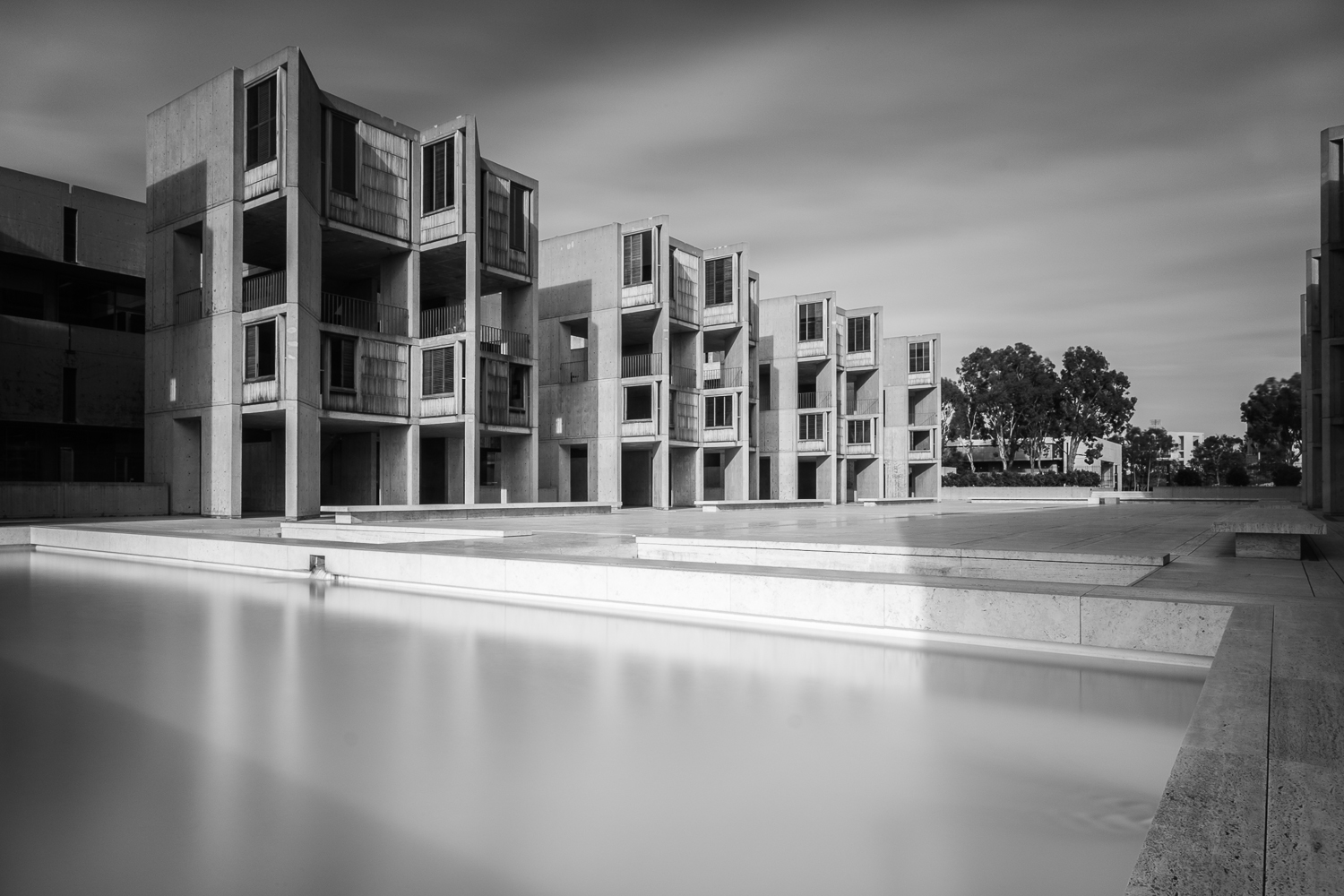As I mentioned last week, I sent back my first X-T1 because of the light leak issue. Well, thanks to a timely post on Fuji Rumors, I was able to order a second X-T1 in time for our trip to San Francisco. The X-T1 I received from Amazon has a serial number higher than the ones noted by Fuji here and I confirmed before our trip that the light leak issue has been fixed, at least for my camera. In addition to fixing the light leak issue, I was pleased to find that Fuji seemingly addressed the issue with the 4-way directional pad buttons. While there is no confirmation of this from Fuji, the buttons on the directional pad of the camera I received have noticeably more feedback than the original X-T1 I returned. I wasn't able do a direct comparison since I sent back the first X-T1 before ordering the second, but I definitely find changing focus points less challenging.
With that, I'll leave you with some images from our time in San Francisco shot with the new X-T1 and XF 14mm, 35mm, and 60mm lenses . By the way, all of these were edited in Lightroom 5.4 using the newly available Fujifilm camera profiles. I'm really liking the new profiles so far and I have a feeling I'll be using the VSCO Film presets less and less going forward. If you haven't updated Lightroom yet, I suggest you head on over to the Adobe website to download the update now.





























